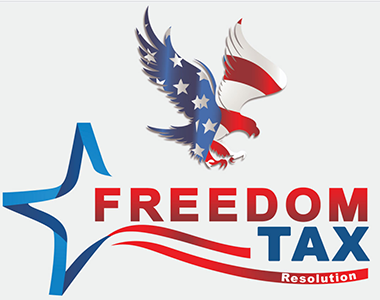Navigating tax debt is often a challenging aspect of business management. This comprehensive primer is tailored to help business owners in understanding your tax debt—what it is, how it accumulates, and its impact on a business. Moreover, it offers strategic guidance on managing and resolving tax debt, empowering you to handle this common business challenge effectively.
What is Tax Debt?
Unfiled Tax Returns: Tax debt often arises from unfiled tax returns. When returns are not filed, the IRS may estimate a tax liability and impose it, which can be higher than the actual owed amount if returns were filed. This estimated tax becomes a debt that accrues interest and penalties.
Underpayment of Taxes: Another common cause of tax debt is the underpayment of taxes. This situation occurs when businesses underestimate their tax liabilities or fail to make sufficient estimated tax payments throughout the year, leading to a cumulative owed amount.
Payroll Tax Issues: Payroll tax errors are a significant source of tax debt for many businesses. Inaccurate calculation, underpayment, or non-payment of payroll taxes can lead to substantial tax liabilities, including penalties and interest.
The Implications
Penalties and Interest: The implications of tax debt go beyond the owed tax amount. The IRS imposes penalties and interest on unpaid taxes, causing the total debt to increase rapidly over time.
Tax Liens and Levies: The IRS may enforce tax debt collection through liens and levies. A tax lien is a legal claim against your property as security for the debt, while a levy involves the actual seizure of property to satisfy the debt.
Impact on Business Operations and Credit: Carrying significant tax debt can adversely impact your business operations. It can restrict cash flow, harm your credit rating, and limit your ability to invest or grow your business.
Managing and Resolving Tax Debt
Stay Informed and Act Promptly: The key to managing tax debt is to stay well-informed about your tax liabilities and act swiftly if you fall behind. Prompt action can prevent the situation from worsening and increase your options for resolution.
Explore Resolution Options: There are several strategies to resolve tax debt. These include setting up a payment plan with the IRS, negotiating an offer in compromise to settle the debt for less than the full amount owed, or seeking penalty abatement under certain circumstances.
Consult a Tax Professional: Navigating tax debt can be complex. Seeking advice from a tax professional—such as a CPA, tax attorney, or enrolled agent—can provide invaluable guidance and assistance in resolving the debt effectively.
Creating a Plan to Address Tax Debt
Assessing Your Financial Position: Start by thoroughly assessing your financial situation. Understanding tour tax debt and how much you can realistically afford to pay toward your tax debt, considering your other business obligations and cash flow.
Negotiating with the IRS: Engage in negotiations with the IRS to explore payment plans or settlement options. The IRS offers various programs for taxpayers to resolve their debts, but understanding these options and negotiating effectively often requires professional assistance.
Implementing Compliance Strategies: After resolving current tax debt, implement strategies to ensure ongoing compliance with tax obligations. This might include improving your accounting systems, staying updated on tax laws, and planning for future tax liabilities.
The Role of the IRS in Tax Debt Resolution
The IRS provides several programs and options to assist taxpayers in resolving tax debt. Understanding these options—such as installment agreements, offers in compromise, and temporary hardship status—can be crucial in finding a viable solution for your business.
Prevention: The Best Strategy
Regular Tax Reviews: Conduct regular reviews of your tax situation to ensure you are meeting your tax obligations. This can prevent the accrual of tax debt.
Effective Record-Keeping: Maintain accurate and comprehensive financial records. This helps in accurate tax calculation and ensures that all tax liabilities are met on time.
Proactive Financial Planning: Engage in proactive financial planning to anticipate and prepare for tax liabilities. This includes budgeting for tax payments, understanding potential tax deductions, and making informed financial decisions to minimize tax liabilities.
Effectively managing tax debt is essential for the financial health and stability of your business. By understanding your tax liabilities, exploring resolution options, and seeking professional advice, you can navigate tax debt challenges effectively. Remember, proactive management and strategic planning are key to preventing tax debt and ensuring your business’s long-term success.


